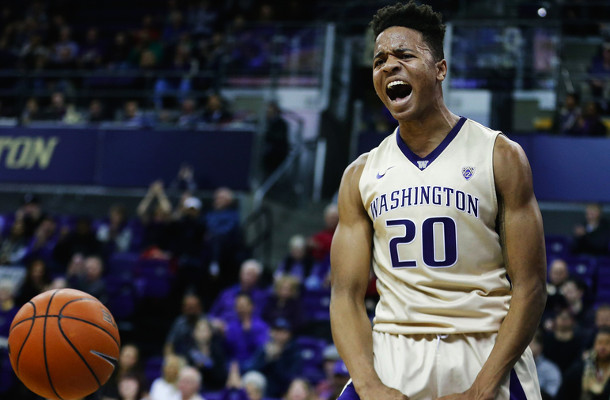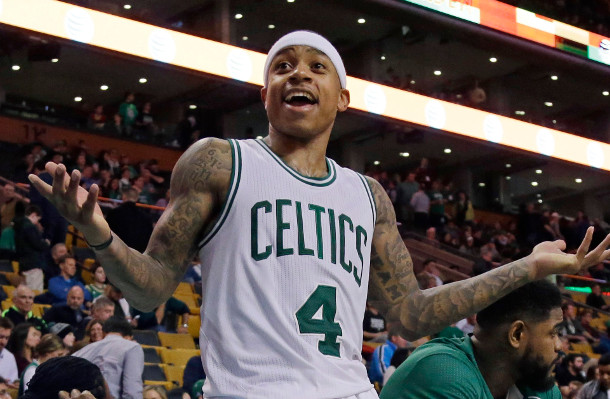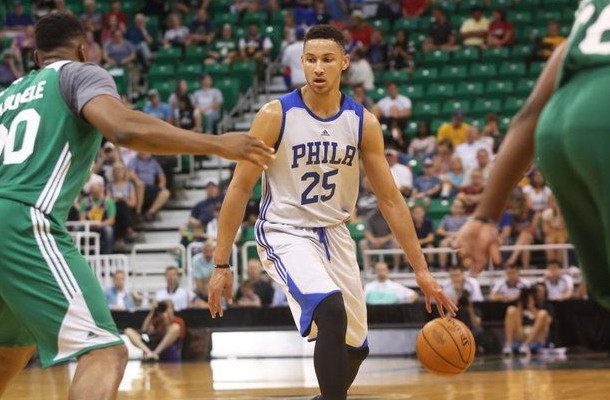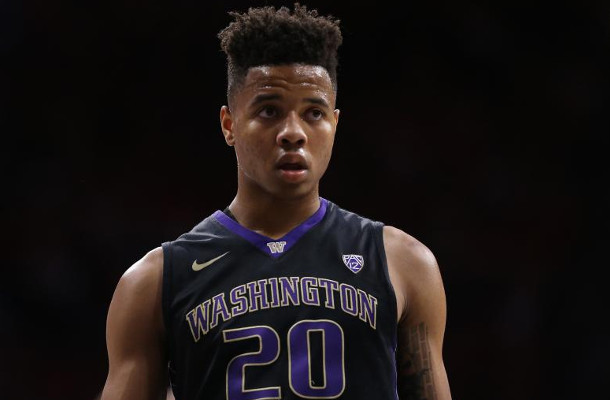When does stockpiling talent disrupt player evaluation?
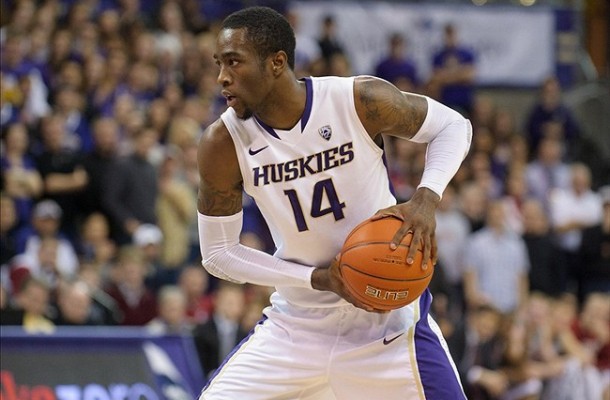
Sam Hinkie and the 76ers have spent their offseason stockpiling young, underrated, cheap talent. From the trade that brought in Tony Wroten for nothing, to the signing of Vander Blue, to even the drafting of Michael Carter-Williams, Hinkie used the assets he had to accumulate players who have more in the way of upside than they do realized potential. All of them were relatively low (or virtually no) risks who could far exceed what Hinkie paid to acquire them.
But do they fit?
That’s not normally a question you would ask on a rebuilding team. It really doesn’t matter long term how Carter-Williams, Wroten, Blue, or Evan Turner fit together. If you’re lucky, one of those players will turn into a legitimate starter and be a player that is part of your rebuild. If you’re really lucky, you might get one legitimate starter and one good bench player. Regardless, the long term fit isn’t too big of a concern because all 4 of them will not be playing together when the Sixers are ready to contend, and if one or two of them are on the Sixers roster in two years, there are enough open wing positions to put matching skill sets around them.
That, and forming an effective offense is not the goal for many Sixers fans. In fact, an effective offense is counterproductive to many fans desire: to see the Sixers lose as many games as possible in the quest to get a true franchise player in next summers draft.
The problem comes when you’re trying to field lineup combinations that can play off of each other enough to get honest read on each of these prospects, particularly when you’re trying to project whether the game and style they were able to play in college can project to the NBA.
Below are the shooting percentages of some of the players who figure to either play prominent roles in the Sixers perimeter rotation or who we are looking to evaluate. The stats are from their last season played, regardless of level (with the exception of Tony Wroten, because his playing time was so limited in Memphis that the sample size is too small to really be of much use).
Sixers guards - shooting
| Player | 3pt% | FG% - Jumpers | FG% - Catch and shoot | FG% - J's off Dribble |
|---|---|---|---|---|
| Evan Turner | 36.5% | 41.4% | 42.9% | 39.8% |
| Michael Carter-Williams | 29.2% | 28.1% | 28% | 26.2% |
| Tony Wroten | 16.1% | 17.9% | 11.5% | 21.4% |
| Vander Blue | 30.3% | 35.8% | 32.1% | 42.6% |
Yes, Evan Turner made drastic improvements in his jump shot last year, most notably adding the corner three to his game, which is the main reason his catch and shoot percentages took such a huge jump up in terms of efficiency. As for his shooting off the dribble: his ability to hit shots off the dribble has never been the problem with Evan Turner, it is how much of his offensive game is based around that skill. It’s extremely difficult to build an efficient, high usage offensive player when that is his primary method of creating offense.
As you can see, Michael Carter-Williams and Vander Blue are, well, awful in almost all shooting metric, and Vander Blue, who looks like a marksman in comparison, did so on relatively small sample size, bouyed by a late season surge. While good to see, whether or not he can sustain that increased efficiency is still a big question mark in his game.
The other problem with the collection of misfits is that they all, to varying degrees, like to use space created off of the pick and roll in order to generate offense for themselves and their teammates. How they use the pick and roll might be different — whether it be to come off the edge and use the space to help them get into the lane, to use it to setup passing lanes, or to setup pull-up jump shots — but they all use it to some degree.
And one thing the pick and roll requires is floor space. Lots and lots of floor space. Typically this involves one perimeter player stationed in the corner to create room for the driver, and the other perimeter player in the elbow-extended area, not to mention the other big on the baseline to give his defender some hesitation when providing weakside help defense. The existence of a perimeter player who is no threat in catch and shoot situations, at any of the other two perimeter stations, allows their defenders to cheat and provide help on the driver, limiting the amount of time he has to make his move and decreasing his effectiveness.
Having one perimeter player who is not a catch and shoot threat is a tenable situation, assuming he’s the ball dominant player initiating the offense off of the pick. But, with the roster currently assmebled, there’s a very high likelihood that multiple perimeter players will be limited, or non-existant, catch and shoot threats.
For all of these players, the Sixers are hoping to be able to evaluate them to get a gauge on whether they should be in their long term plans. However, with all of them requiring pick and rolls for a sizable portion of their offense, whether or not the Sixers will have the floor spacing needed to properly evaluate these young players will be a huge question mark.
That’s not to say that the decision to draft Michael Carter-Williams, trade for Tony Wroten, or sign Vander Blue was a mistake. Considering how little Hinkie gave up to acquire them, they were all smart moves. It would just be nice if more of the young, low risk, cheap assets the Sixers were able to acquire were legitimate catch and shoot threats, if for no other reason than to get a proper evaluation on whether or not what made these players successful collegiate players can translate to the NBA.
Related Posts
-
ojr107
-
Team Dweezy
-
James Simpson
-
tk76
-
Xsago
-
PhillyFastBreak


